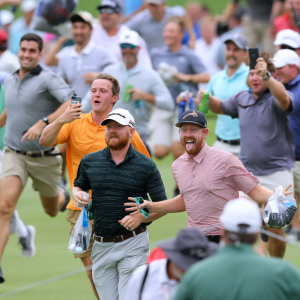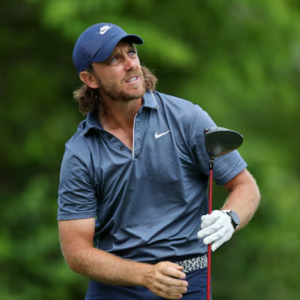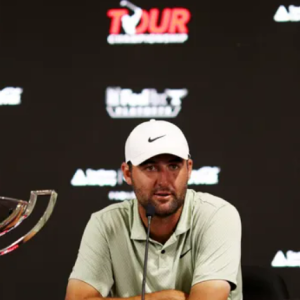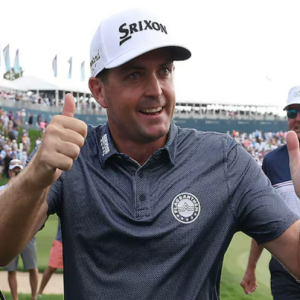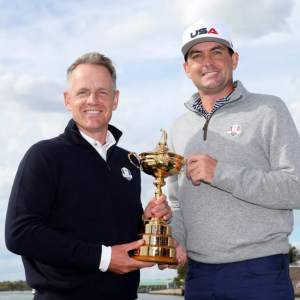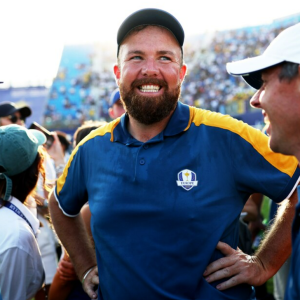The PGA Tour formally announced its return to Trump Doral on Tuesday.
It is best not to attribute to politics what can better be attributed to money.
And money is the real reason behind the PGA Tour’s decision to bring a tournament back to Trump Doral, the golf resort the president has owned since 2012.
On Tuesday morning, the Tour formally announced plans to return to Doral’s Blue Monster course for a new tournament named the Miami Championship (sponsor pending). In a slightly surprising twist, the new tournament will be the Tour’s ninth Signature Event in 2026, up from eight in 2025, ensuring a star-studded field and at least $20 million in purse money. The event will be played in the first week of May 2026, and will be the first PGA Tour event held at Doral since 2016.

It is hard to find any interested party who does not financially benefit from the Tour’s new arrangement with the president’s Miami club. For Trump, the agreement brings back golf’s largest professional tour to its tournament home of more than five decades, a healthy boost to a prolific 2025 for his business interests. In addition to a “facility fee” from the Tour, the event will give Trump’s Miami resort a week’s worth of Tour-branded limelight, including oodles of national media exposure and the attendance of many of the world’s biggest golf stars.
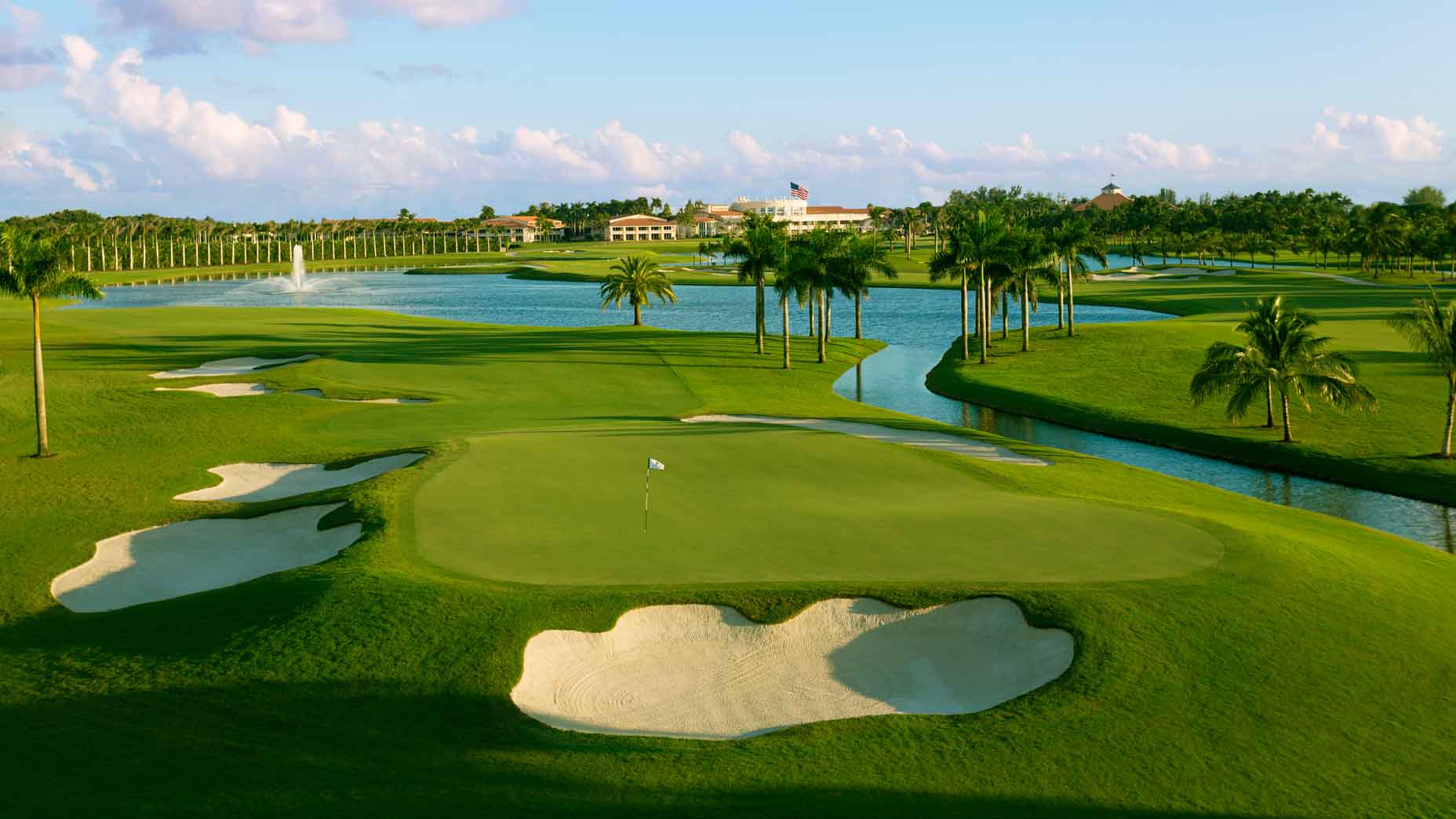
The Tour, meanwhile, adds another big-money, big-sponsor event to the regular season calendar at virtually no cost — a small price, if it could be called a price, to welcome itself back into the president’s good graces after a decade apart. The announcement follows in the footsteps of several heads of industry, most recently Apple CEO Tim Cook, whose public displays of affection for the president have helped to advance their business interests. (A friendly relationship with the administration could prove crucial for the future of the Tour’s business, particularly if it advances a LIV merger that would be subject to Justice Department approval.)
Even the Tour’s broadcast partner for the Miami tournament, CBS, stands to gain from the agreement, adding another week of Signature Event programming to a 2026 PGA Tour TV schedule that also includes the FedEx Cup Playoffs. CBS was the natural choice to pick up the Doral event — it hosted coverage from Doral for decades before the Tour stopped visiting — but the news arrives in the aftermath of a grueling merger process that saw the network’s new owner, David Ellison, make several concessions to the White House in order to reach an agreement. The Miami Championship adds another piece of Trump-friendly sports programming to CBS’s airwaves in 2026, which is also expected to include a Trump-championed UFC match from the White House lawn to celebrate America’s 250th birthday in July.
Can you hear the message? For all parties and in all instances, it is short and blunt: Follow the money.
***
DIZZYING AS IT MAY SOUND, these money matters are nothing new to Doral. Sixty years ago, professional golf first came to the property under a similar arrangement. The main character then was another New York real estate developer, Alfred Kaskel, whose dreams of building a world-class golf resort needed a marketing vehicle. Fortunately for Kaskel, the best golfers in the world were for sale, playing on a nascent worldwide golf tour without the trappings of high-paying sponsors and TV dollars. If Kaskel could afford to pay the players, they would show up to play a tournament at his new resort. He fronted the purse money for the inaugural tournament out of pocket, raising the initial $35,000 purse to $50,000 as an extra carrot for golf’s biggest stars, and the Doral Country Club Open Invitational was born.
The paradoxical name wouldn’t stick, but Kaskel’s tournament did. Billy Casper won the inaugural iteration in 1962, which was also attended by Jack Nicklaus, Arnold Palmer, Ben Hogan, Sam Snead and Jimmy Demaret. For the next five decades, golf returned to the Blue Monster every spring.
The 63 years that followed that first tournament charted the transformation of tournament golf from the Wild West to the Forbes list. What began as the Doral C.C. Open Invitational morphed into the Doral-Eastern Open, then the Ford Championship and, finally, the WGC-Cadillac Championship. A $50,000 purse ballooned to nearly $10 million.
Trump, a golf iconoclast long before he was a political firebrand, is only a small part of Doral’s history. By the time he purchased the property in 2012, the Doral PGA Tour event was already in its final form. The Tiger glory days were beginning to fade, and sponsor interest was waning with it. But Trump — ever the marketer himself — seized the opportunity. He lorded a constant presence over the event, meandering throughout the property during tournament week, posing for photos with the winner and even naming a villa on the property for Woods. (Trump presented Tiger with a “key” to the villa in a lavish ceremony before the 2014 WGC; he would later present Woods with a second piece of hardware, the Presidential Medal of Freedom, in 2019.)
Still, before Tuesday, it could be said that Trump’s most significant contribution to the Doral-PGA Tour relationship was in hastening its end. In 2016, as Trump’s presidential candidacy was gaining steam, Cadillac ended its sponsorship of the Tour event held at Doral. The Tour’s contract with the property provided the option to move the event if a sponsor couldn’t be found, and the Tour obliged, moving the Doral event to Mexico for the 2017 season.
The Tour maintained that Trump’s invective campaign trail comments about immigrants were not a factor in the decision to change locations, as they had been for other major corporate players like NBC Universal and Macy’s, who also had shunned Trump’s business.
“The reason we’re not there is because we couldn’t find a sponsor,” commissioner Jay Monahan said in 2017. “I spent a lot of time trying to find a sponsor for that tournament. To leave was disappointing. If we found a sponsor, we would still be there.”

Still, the optics were illuminating: The Tour was leaving a candidate under fire for his comments about Mexicans in favor for a tournament held in Mexico. Of course, the reason for that departure might have been as Monahan suggested: that the business environment facing the Doral event wasn’t nearly as friendly as the Tour had hoped, but it’s difficult to believe Trump’s presence wasn’t a talking point with potential partners.
In other words, it might have been the money that pushed the Tour out of Doral, but Trump mattered, too.
ON A BROADER LEVEL, the same rationale could be used to explain the Tour’s return to Doral. The tides have turned for Trump in the first year of his second presidential term, with Wall Street and Big Tech leaders regularly making pilgrimages to the Oval Office to curry favor. The president, meanwhile, has wielded federal power in a way matched by few leaders in American history, casting no aspersions about supporting those he views as helpful to the cause.
For much of the last four years, the president’s friendliest golf supporters could be found at LIV. His golf properties received millions in site fees from the Saudi-backed league in exchange for tournaments held at Trump courses in Miami, New Jersey and Washington, D.C. In turn, LIV enjoyed a cozy relationship with the president, drafting off the Commander-in-Chief’s presence at the league’s events.
The first sign of a shift in that relationship arrived in February, when Trump hosted leaders of both of golf’s rival tours for peace negotiations at the White House. In the aftermath of that meeting, Monahan issued an unusually flattering press release in which he thanked the president for his involvement. Nearly six months to the day later, the Tour announced its decision to return to the president’s property at Doral. Of course, the decision was not principally about Trump — it was about bringing the PGA Tour to an environment where tournament golf made sense and could make money — but again, Trump mattered.
It is a marvel to witness the 180 that has occurred for Trump in just the span of 10 years in pro golf. A decade ago, he was deserted by the PGA Tour. Five years ago, the PGA Championship abruptly dropped a trip to Bedminster in the aftermath of Jan. 6. A year ago, he appeared in a “Breaking 50” campaign video alongside Bryson DeChambeau. Today, he is receiving premier billing from the Tour — and teasing a visit to next month’s Ryder Cup, which is conducted by the PGA of America.
The journey from PGA Tour outcast to Signature Event status cannot be explained by politics alone. It is, in many ways, the story of one of the most polarizing figures of our time.
But the story of golf at Doral has never been hard to grasp. It has always — and only — come down to the money.
And even for the president, cash is king.
